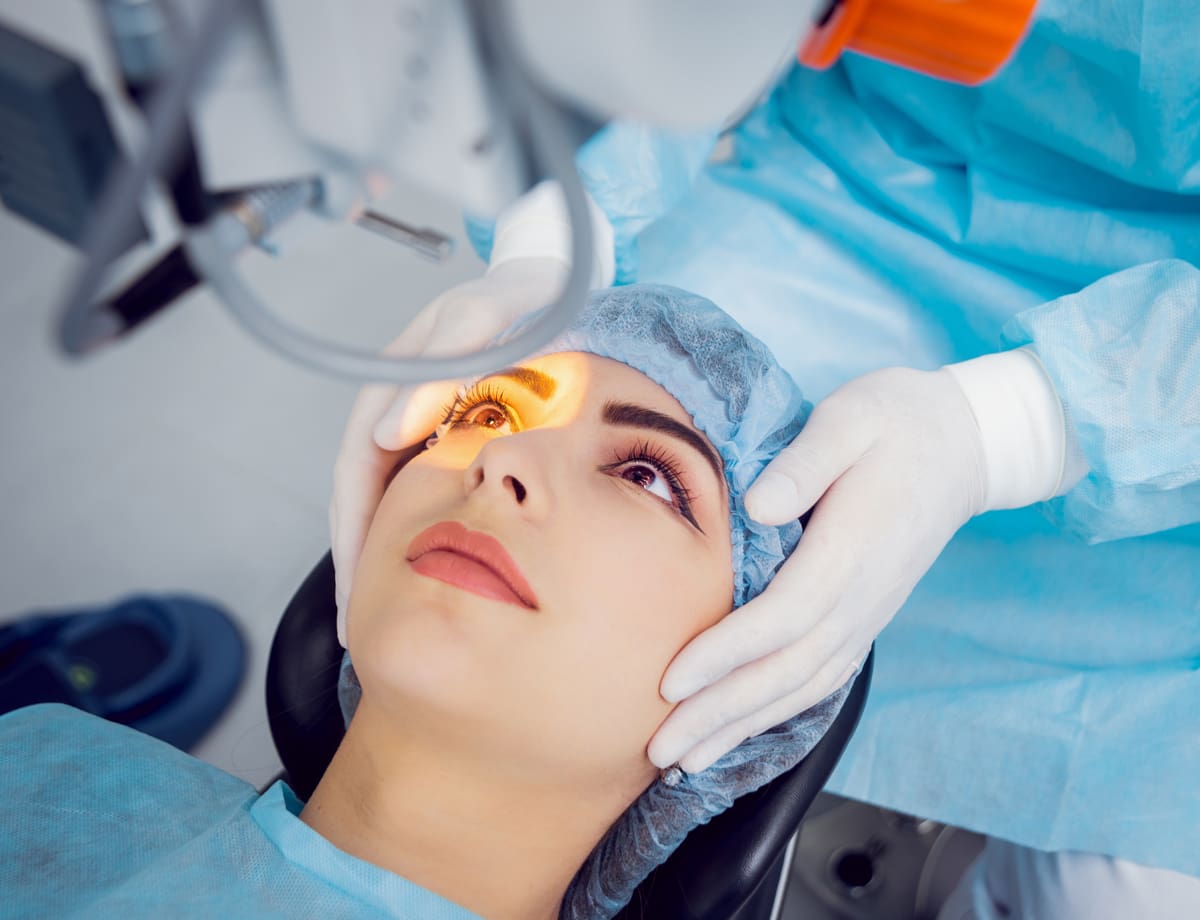
Understanding Hyperopic LASIK Surgery
A person with hyperopia, often referred to as hypermetropia or farsightedness, may see close objects clearly but not those that are far away.
Why Does Hyperopia Occur?
Because the eye is shorter than average, hyperopia results. As a result, light beams collide behind the retina at a location, blurring their focus. While distant objects are crisper, nearby objects sometimes appear hazy. Patients with very farsightedness may claim they are unable to focus on objects of any distance.
What is the Remedy for Hyperopia?
While there are a number of treatments to treat hyperopia, including the use of glasses and contacts, hyperopic lasik provides laser vision correction as a long-term fix. An expert laser is used by a laser vision correction surgeon to flatten the periphery of the cornea and increase the curvature of the cornea in the center. In turn, this enables light beams to target the retina directly for clear vision.
The Procedure
Prior to LASIK surgery, blue light moving along the horizontal meridian is out of focus on the retina. After LASIK surgery, the “steeper” cornea (arrow) allows light to bend in such a way that it becomes focused on the retina, hover the cursor over the image to see this.
Low to high levels of hyperopia, or farsightedness, can be treated with laser in-situ keratomileusis or LASIK in order to lessen or completely eliminate the need for corrective lenses. When the cornea is too flat or the eye is too short, farsightedness results. As a result, the retina is not directly in front of the focus point of light, which creates hazy near vision. The interior tissue of the cornea is treated during LASIK using the computer-controlled accuracy of the Excimer laser.
Although you may feel pressure during the surgery, it is not painful because eye drop anesthetic is used. The outer layer of the cornea is first made into a protective flap using a device called a microkeratome. The interior corneal tissue is then sculpted by the Excimer laser to have the proper refractive power by steepening the curve of the exposed corneal tissue. Farsightedness is lessened because of the “steeper” cornea, which enables light rays to focus more directly on the retina. The corneal flap is placed back in its original location after drying for a few minutes. Stitches are typically not necessary because of the cornea’s exceptional inherent ability to connect.
Despite the fact that the majority of patients see 20/40 or better after surgery, specific outcomes cannot be guaranteed. The procedure is done as an outpatient, and most patients are back at work in one to three days. Side effects and problems are possible with any surgical treatment.
Please visit Kraff Eye Institute if you want a permanent/long-term treatment for Hyperopia.


